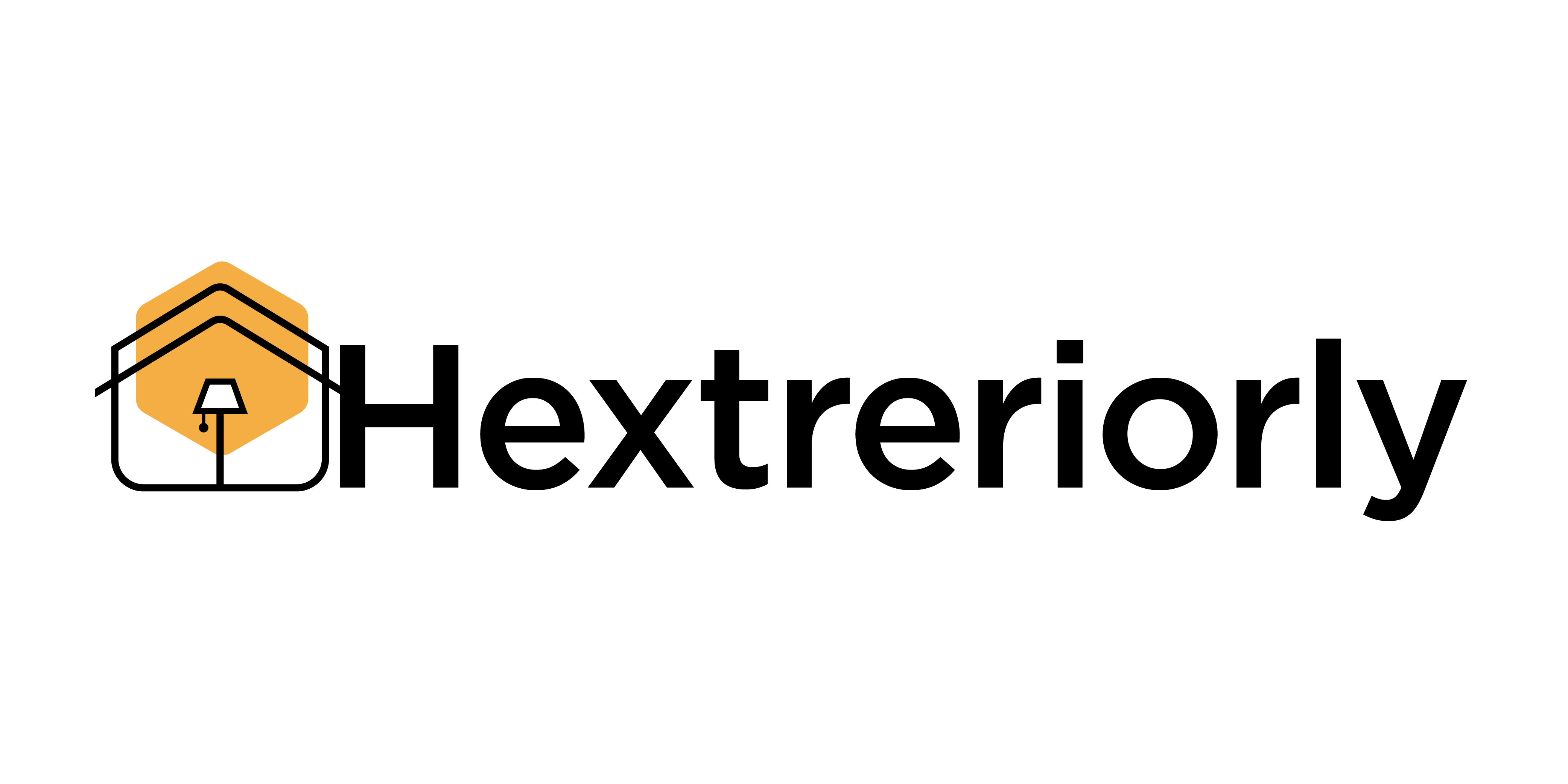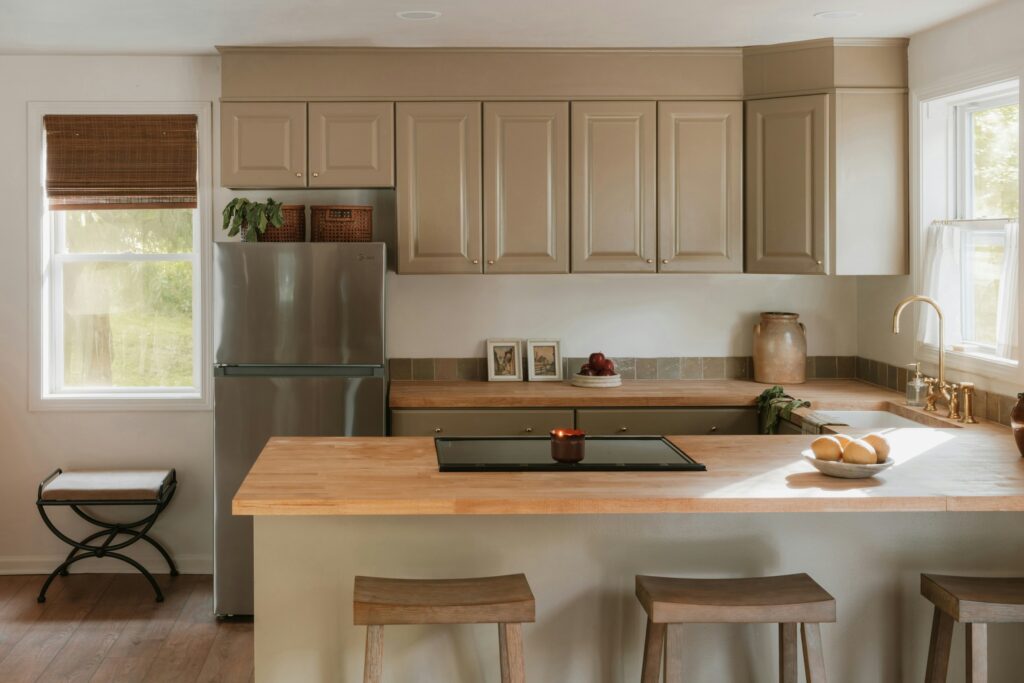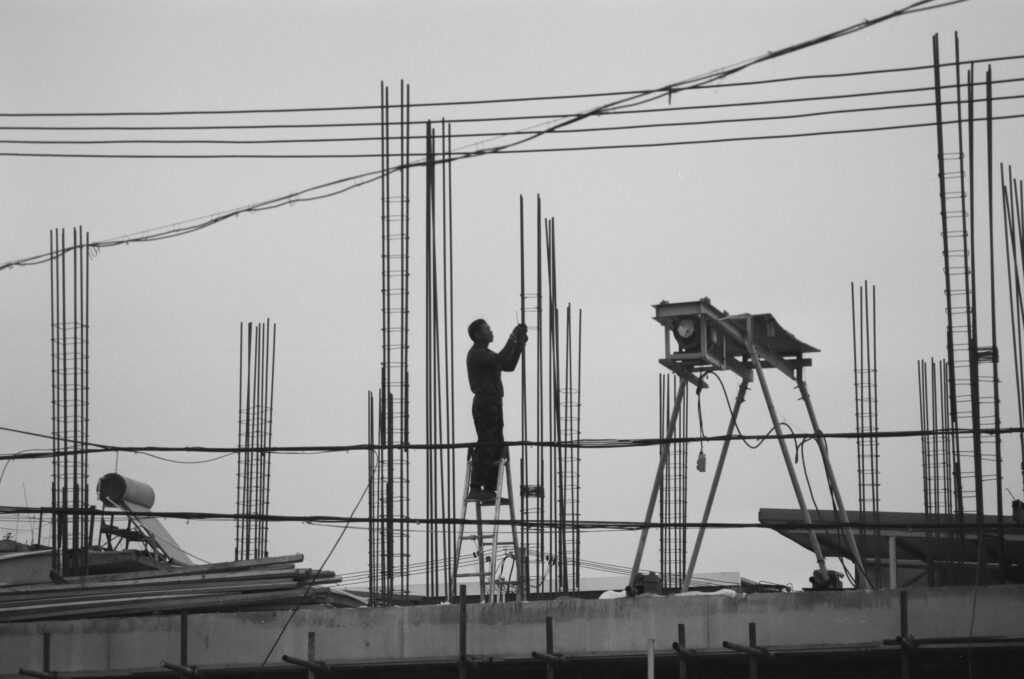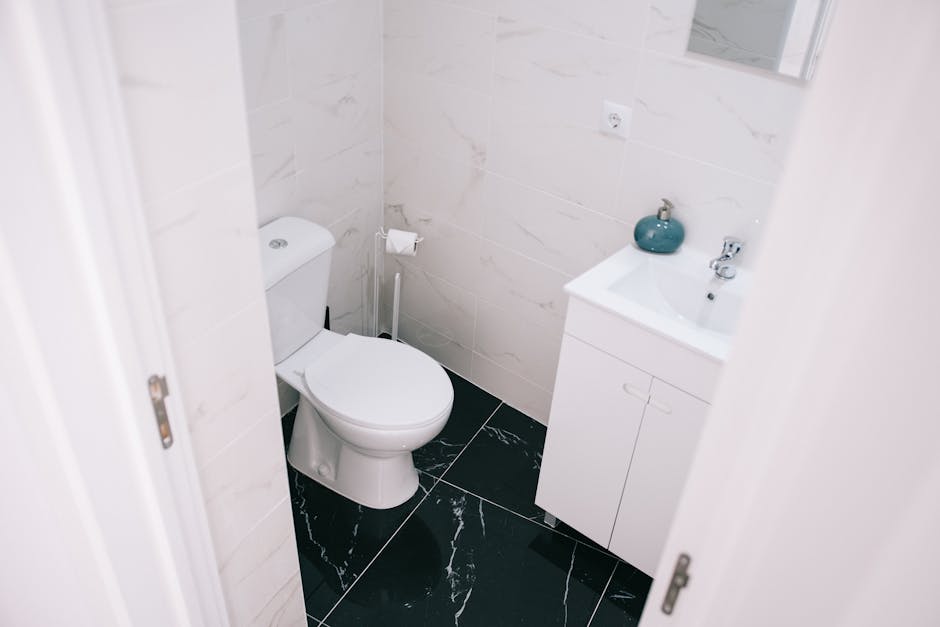Define Your Kitchen Renovation Goals
Before diving into design trends or product selections, take a step back and identify what you really need from your kitchen renovation. Clarity at this stage can save you time, stress, and money down the line.
Functionality vs. Style
Start by asking yourself: Do I want my kitchen to work better, look better, or both? Distinguishing between improving functionality and enhancing aesthetics will shape every decision going forward.
- Functionality: Focus on layout, storage, appliances, and workflow
- Style: Colors, materials, cabinetry finishes, lighting, and decor
Some renovations aim for a harmony of both, but it helps to prioritize one over the other.
Must-Haves vs. Nice-to-Haves
Not everything has to be top-of-the-line or cutting-edge. Making a simple list of essentials versus optional upgrades can keep your project grounded.
- Must-Haves: These are non-negotiables like more counter space, better lighting, or updated appliances
- Nice-to-Haves: Think smart tech features, custom backsplashes, or luxury finishes
This upfront sorting will help keep your renovation on budget without sacrificing what matters most.
Lifestyle Dictates Design
Consider how your daily routines and household habits influence kitchen functionality. Design decisions should reflect the way you live.
- Entertain often? Opt for an open layout and a large island for gathering
- Cook with family? Prioritize ample workspace and multiple prep areas
- Need efficiency? Maximize cabinet organization and install smart storage solutions
Building your renovation around your lifestyle ensures your kitchen works for you—not the other way around.
Know Your Limits: DIY vs. Hiring Pros
Not every project is a weekend DIY win. Knowing what you can (and should) handle yourself is key to avoiding costly mistakes and frustration. Being realistic about your skills ensures the job gets done right—and safely.
What You Can Realistically Handle
Some renovation tasks are well within reach for motivated beginners or experienced DIYers:
- Painting walls, trim, and ceilings
- Installing peel-and-stick backsplash or laminate flooring
- Swapping cabinet hardware or light fixtures
- Basic landscaping or garden updates
These types of jobs are low-risk and can be very rewarding, especially with the right research and tools.
When to Bring in the Professionals
Certain projects require specialized knowledge or permits. Attempting them without proper training can lead to bigger issues or even hazards:
- Plumbing installations and repairs
- Electrical work, especially anything behind the walls
- Structural changes to walls and foundations
- Roofing or major exterior work
Calling in a licensed contractor or trade professional is not admitting defeat. It is a smart move that protects your investment.
Why Contractors Can Actually Save You Time and Stress
Hiring a qualified contractor might seem like a bigger upfront expense, but it often pays off in the long run:
- Faster project timelines with fewer unexpected delays
- Access to supplier discounts and vetted subcontractors
- Peace of mind from knowing the work is up to code
- Reduced stress from not juggling every aspect alone
The bottom line: spend your time and energy where it matters most, and don’t hesitate to outsource the heavy lifting when necessary.
Renovation costs can add up fast, especially if you’re updating a kitchen or a full interior space. For starters, the big-ticket items: cabinets usually take the biggest bite, ranging from $4,000 to $15,000 depending on materials and whether they’re custom or stock. Countertops come next, running between $2,000 to $6,000 for mid-range options like quartz or granite. Appliances can set you back anywhere from $3,000 to $10,000 if you’re going with modern, energy-efficient models. Labor isn’t cheap either. Expect to spend around 20 to 35 percent of your total budget on skilled workers.
Then you’ve got the soft costs. These are the sneaky ones that catch people off guard. Permits, which vary by location, can go from a few hundred to a few thousand. There’s always something hidden behind a wall that needs fixing — wiring, plumbing, old mold — and that’s where having a contingency fund matters. Don’t forget sales tax, planning fees, or even storage for your furniture during the project.
A solid rule: build in a 10 to 20 percent buffer on top of your overall estimate. That safety net keeps a curveball from turning into a crisis.
Want help deciding whether to do it yourself or call in a pro? Check out this breakdown: Cost Comparison: DIY vs. Hiring a Contractor for Interior Renovation.
Planning your vlog or renovation schedule without factoring in real life is asking for trouble. Start with your calendar. Pin down holidays, school breaks, or any big events you’ll need to work around. If you’ve got a family, these dates aren’t flexible—and missing them can throw your content flow off for weeks.
Next, get honest about lead times. Appliances, camera gear, even basic supplies can take weeks (or months) to arrive. Don’t trust the estimated delivery window on a website. Call. Confirm. Build in buffer time.
Now, draw up a working timeline. Map out deadlines for ordering gear, beginning demolition (if you’re remodeling your studio), editing windows, and going live. Keep it simple, but complete. A decent calendar protects you from last-minute chaos and keeps your audience engaged through consistency, not burnout.
When designing a functional kitchen, it’s tempting to chase aesthetics. Glossy countertops, bold backsplashes, statement lighting—they look great in photos. But if you’re cooking daily, durability wins. Surfaces that chip, stain, or scratch easily aren’t just annoying, they slow you down. Heat-resistant, non-porous materials like quartz or stainless steel might not trend on Pinterest, but they’ll hold up when you’re multitasking with hot pans and sauce splatter.
Low-maintenance is the unglamorous hero here. The less time spent scrubbing, resealing, or worrying about wear, the more time you actually get to cook. That goes for more than counters. Hardware should be tough and easy to clean. Lighting should be bright but not clinical—you need to see what you’re doing. And flooring? Skip the high-shine tiles unless you like slipping around after boiling pasta.
Every detail has a job to do. Looks matter, but in a space where you move, chop, spill, and clean every day, function can’t come second.
Design trends come and go, but the kitchen triangle still holds. Keeping your sink, stove, and fridge within a few steps of each other just works. It’s less about tradition and more about function—less time pacing around means more time getting things done.
Making smart layout choices can change your cooking experience. Pull-out cabinets beat static shelves. Deep drawers make better use of lower space than awkward corner cupboards. And when in doubt, go vertical. Tall, slim shelving can store way more than you’d expect without eating up floor space.
Most importantly, keep flow in mind. It’s not about cramming in features. It’s about creating a space that feels natural to move through. If you find yourself dodging chairs or backtracking for a spatula every five minutes, something’s off. Build it for how you actually live, not just how it looks in a showroom.
Expect Delays and Stay Flexible
Renovating a kitchen is exciting, but it’s rarely a smooth ride from start to finish. Unexpected delays and a fair amount of dust are part of the process. Staying calm and realistic during disruptions will help keep your project—and your sanity—on track.
What to Expect
- Timelines often shift due to material shortages or contractor availability
- Dust and noise may affect other areas of your home
- Installations may take longer than originally planned
Set Up a Temporary Kitchen
While your main kitchen is out of commission, having a backup plan makes daily life much easier. A makeshift kitchen can help you stay functional and reduce stress.
Essentials to include:
- A microwave for quick meals
- An electric kettle or portable cooktop
- Disposable utensils and dishes for easier cleanup
- A small table or pantry shelf to organize supplies
Stay Solution-Focused
- Think ahead and be ready to pivot when things don’t go as planned
- Communicate openly with contractors to solve issues quickly
- Keep your long-term vision in mind when meeting short-term challenges
Your kitchen might be covered in dust today, but staying proactive and adaptable will ensure the final result is worth the mess.
If you’re bringing in outside help for your vlog — editors, designers, even scriptwriters — clarity is everything. Start with a written agreement that spells it all out: what’s being delivered, when it’s due, and how much it costs. No handshakes, no maybes. If expectations aren’t on paper, you’re setting yourself up for friction later.
Check-ins are key. Touch base regularly to make sure everyone’s still aligned. Projects shift and timelines stretch, but you don’t want to be surprised halfway through with confusion or delays.
And one more thing: speak up early if something feels off. It’s easier to course-correct at mile one than mile ten. Professional doesn’t mean silent. Be honest, direct, and respectful — it’ll save you time, money, and quite possibly the project.
Before you hang the final picture or hit record in your new space, take one last walkthrough. Open every drawer. Flip every switch. Turn on each faucet. Sounds tedious, but it’s how you catch issues before they become problems. A sticky hinge or a flickering light is easy to fix now. Not so much once you’ve fully moved in or started streaming.
Next, gather up every receipt, warranty, and manual. Toss them in a single folder or scan them into the cloud. You’ll thank yourself later when equipment needs servicing or something breaks mid-shoot.
And finally—pause and breathe. You just finished something big. A new setup, a new angle, maybe even a whole new chapter. Take a moment to enjoy what you built. You earned it.
Planning cuts stress more than anything else. It’s easy to get caught up in vision boards or binge interior tours online, but without a clear plan, even the slickest inspiration can leave you overwhelmed. Measure your space, know your habits, and understand what matters to you day in and day out.
The real goal isn’t just to build a great-looking kitchen. It’s to create a space that works hard for your lifestyle. That might mean extra drawers instead of open shelving, or prioritizing counter space over a second oven. Looks fade, but function stays.
So be intentional. Think ahead. Stay calm. Most importantly—don’t rush yourself. The best kitchens are built on a process, not a panic.


 Vicky Skinneriez brings sharp research and fresh perspectives to the platform. As a key contributor at drhextreriorly, she covers software advancements, modern app ecosystems, and the evolving digital landscape. Vicky’s writing blends accuracy with creativity, helping readers understand the real impact of today’s most important tech developments.
Vicky Skinneriez brings sharp research and fresh perspectives to the platform. As a key contributor at drhextreriorly, she covers software advancements, modern app ecosystems, and the evolving digital landscape. Vicky’s writing blends accuracy with creativity, helping readers understand the real impact of today’s most important tech developments.

